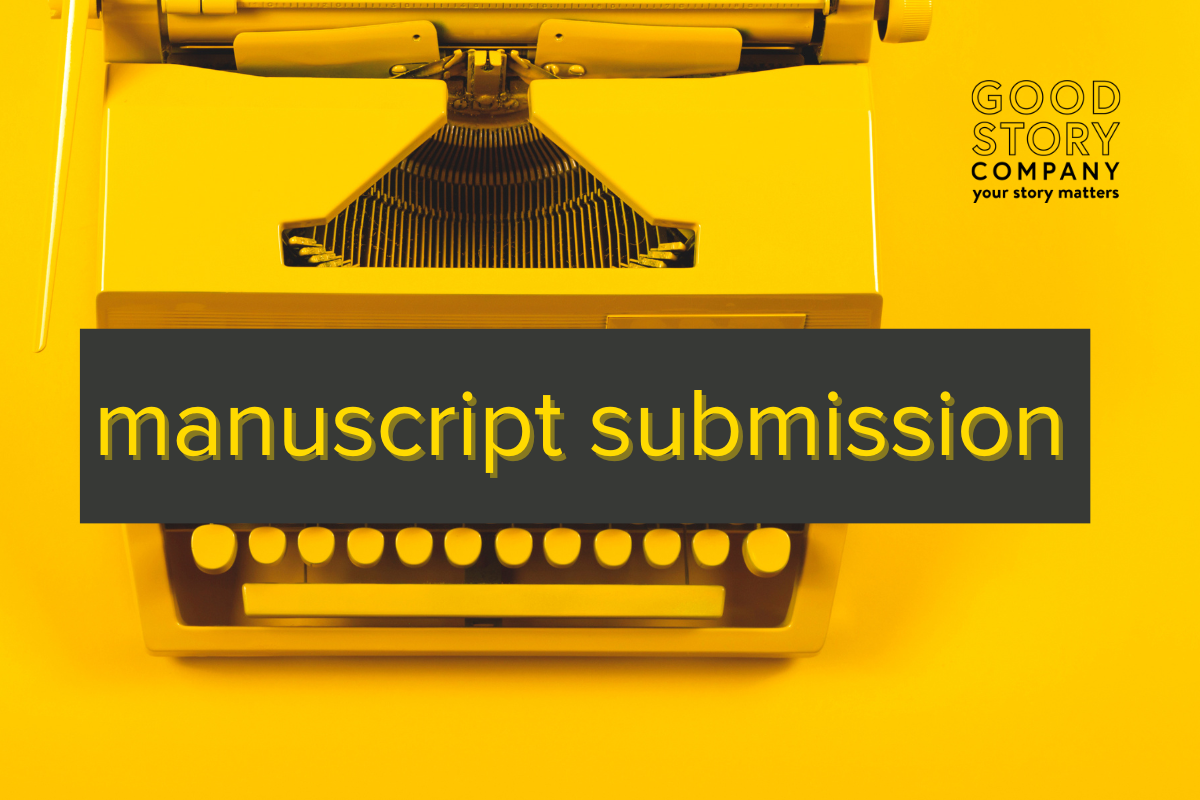Manuscript Submission
You’ve written a novel. You’ve revised. You’ve swapped chapters and drafts with a writing group or a critique partner. As Joiya Morrison-Efemini advises, you’ve let it sit. You’ve revised again, checking your plot beats, adding interiority to the characters, deepening the POV, tightening up the pacing, refining your language, and trimming filler words.
Finally, you decide you’re ready to take the next step. But manuscript submission can feel overwhelming. (Am I the only one who hadn’t heard anyone use the word ‘query’ in a hundred years before entering publishing?) Today I want to take a zoomed-out look at what manuscript submission is and round up some links that can help you with the process.
Dreaming of feeling this bright and bold when going on manuscript submission …
WHAT DOES ‘QUERY’ MEAN, ANYWAY?
If you’re interested in pursuing traditional publication, the next step after you have a completed, polished draft is to write a query letter. Here’s more info, but the TL;DR is that a query is a business letter that you will send to agents to offer them the opportunity to read your manuscript. It should be short and professional. It needs to include your category, genre, word count, a brief bio, and a few comparative titles that have been recently published. And—most importantly—the pitch for your novel. If you’ve written nonfiction, here is some guidance, and here’s help for a picture book. Usually you’ll paste the first five or ten pages of the manuscript below your signature, depending on the agent’s preference.
Those first few pages are so important in nabbing an agent’s interest. Kristen Overman has great tips for first pages here.
After your query letter is drafted, it’s time to choose which agents to query. Writer, data scientist, and spreadsheet guru Gigi Collins suggests how to track who you query.
WHAT HAPPENS ON MY MANUSCRIPT SUBMISSION AFTER I QUERY?
After agents read your query, several things can happen. The first is nothing. “No response means no” has become the default for many agents because of the sheer volume of queries they receive. It can be frustrating as a querying writer, but knowing it’s part of the process can hopefully ease the sting. Next, they can send you a form rejection. Or they can reject the manuscript (not you! No one is ever rejecting you as a person) with personalized feedback. Receiving this kind of rejection is truly an accomplishment, but it can still sting.
Or they can write back requesting pages. Sometimes they’ll ask for the full manuscript, and sometimes they’ll ask for the first twenty, thirty, or fifty pages. You’ll submit those pages and then probably clean your house top to bottom with the pent-up frenetic energy.
Now, some writers decide to bypass signing with an agent and query editors directly. Many editors don’t accept unagented submissions, but some do. Learn more about that process from Rhiannon Richardson.
The ingredient that I haven’t mentioned here is time. There’s a lot of waiting involved in publishing. The business moves at a glacial pace, and agents and editors respond to queries in their spare time after agenting and editing for existing clients during the business day. Don’t despair if the process takes a while.
The best outcome of manuscript submission is that you receive an offer of representation. Mary Kole walks you through next steps here.
And then it’s time for the next step in your publishing journey!
I love helping writers refine their query letters and submission packages. If that sounds helpful, reach out to me at Good Story Editing.

